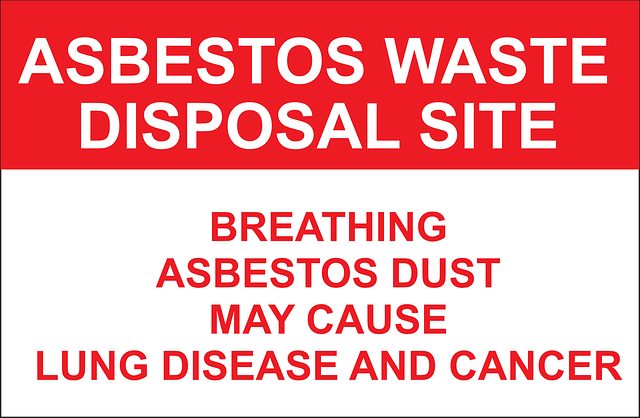Your home is supposed to a place where you and your family can unwind and relax. Your home provides you shelter and protection. So, it is crucial that you ensure the structure is devoid of safety hazards that can affect your health. Even if you are convinced that nothing untoward will happen to you or your family, it is prudent to take precautions, especially if you have children living with you.
Below, we detail what safety hazards are and potentially harmful materials that could be in your home.
What is a safety hazard?
A hazard is anything that puts your safety or health at risk. In the case of potential dangers at home, these could have resulted from materials utilized during construction or items that have surfaced unexpectedly as a result of disrepair in your home.
The Housing Health and Safety Rating System (HHSRS) lists 29 hazards to homeowners. This system assesses the hazards and their potential impact on the health and safety of the people residing in an affected home. A Category 1 hazard is one that poses a serious and immediate threat to a person’s health and safety, while Category 2 is one that is less critical or urgent.
Hazardous housing materials
If you are living in a rented home, your landlord should have presented safety certificates to you before you signed your tenancy agreement. Gas and fire safety and the Energy Performance Certificates are the three most crucial documents that your landlord should provide you, in addition to the tenancy agreement. Know though that this is no assurance that your home will be hazard-free.
Here are some common hazardous materials that may be present or have been used in your home:
Lead
If you reside in a house built in the 1970s, you have potentially been exposed to lead. This metal is utilized in paint, petrol, batteries, ceramics, and even cosmetics, in addition to pipes. If the lead-based paint is still in good condition and practically new, it should not be a cause for concern. However, houses that have paint that is already damaged by damp, chipping, peeling, cracking, or chalking can pose health risks.
Children, pregnant women, and other adults are at risk when exposed to lead. Children get more exposed to lead, especially if they live in a house that used lead-based paint or other similar materials. Their skin can easily absorb lead from the wall or floor they touch when they are crawling or playing. Light exposure can give them anemia, hearing problems, stunted growth, lower IQ, behavior and learning problems, and hyperactivity.
Pregnant women and other adults tend to breathe in lead dust from areas in the house where lead paint has been used. The exposure of an expectant mum to this hazardous material may cause premature births, affect the baby’s brain, kidneys, and nervous system. It could also cause a miscarriage.
Asbestos
Like lead, asbestos dust can cause health conditions when inhaled. When this happens, asbestos fibers are stuck inside the body. It has been proven that this naturally occurring mineral causes cancer, making it the top cause of work-related deaths. When you expose yourself to asbestos particles, you put yourself at risk of developing lung, ovarian, and laryngeal cancers.
Asbestos is heat, fire, electricity, and chemical-resistant. However, its strong points are outweighed by the dangers of getting exposed to it, specifically lung cancer, which caused over 222,000 deaths around the world in 2016.
Symptoms that you have been affected by asbestosis are:
- Chest pain
- Fatigue
- Wheezing
- Swollen fingertips
- Persistent cough
- Shortness of breath
Carbon Monoxide
CO is released at home by heat-producing appliances at home. You and your family can be exposed to this poisonous gas, which can lead to breathlessness and a mild headache during exertion or exercise, the first manifestations of CO poisoning.
Make sure you do not use your outdoor appliances indoors as the fumes from the poisonous gas can be trapped inside. Watch out for the signs that a possible CO problem could happen:
- Flue pipe rusts
- Orange or yellow flame instead of blue
- No upward draft chimney
- Damaged bricks at the top
- Streaks of soot
Most fire alarms should also be fitted with CO detectors, though you can also get separate devices for recognising any Carbon Monoxide leakages.
Reporting the hazards to your landlord
If you discover any housing hazards in your rented home, take action right away so your landlord can address the issues at hand. Communicate with them through email, complete with photos and videos, as this will provide you with an email trail that you can use as evidence as the need arises. You will have to wait for 21 days to give them time to respond to you.
If your landlord or housing association does not respond, you can lodge a complaint against them either through the ombudsman or to a legal firm of your choice. The housing disrepair experts at disrepairclaim.co.uk can help you through your case and make sure your house can be cleared of hazards in no time.

